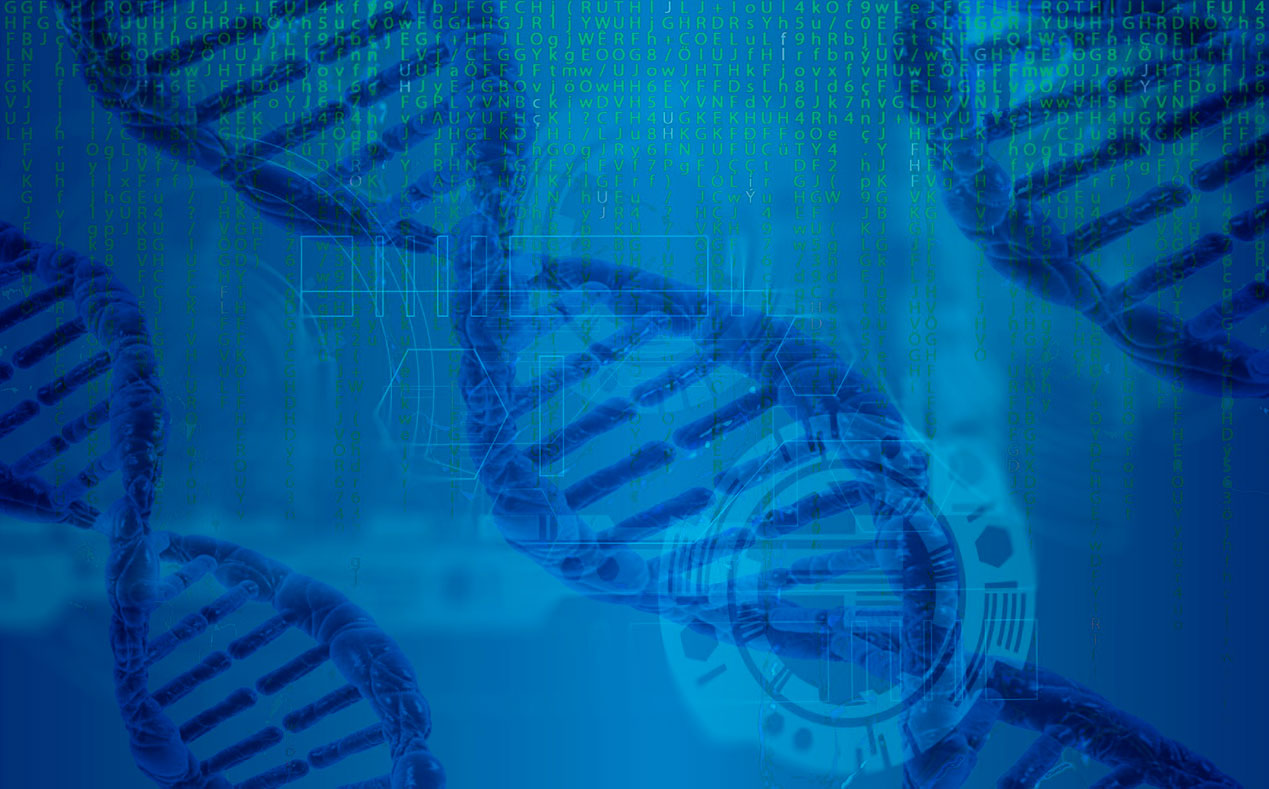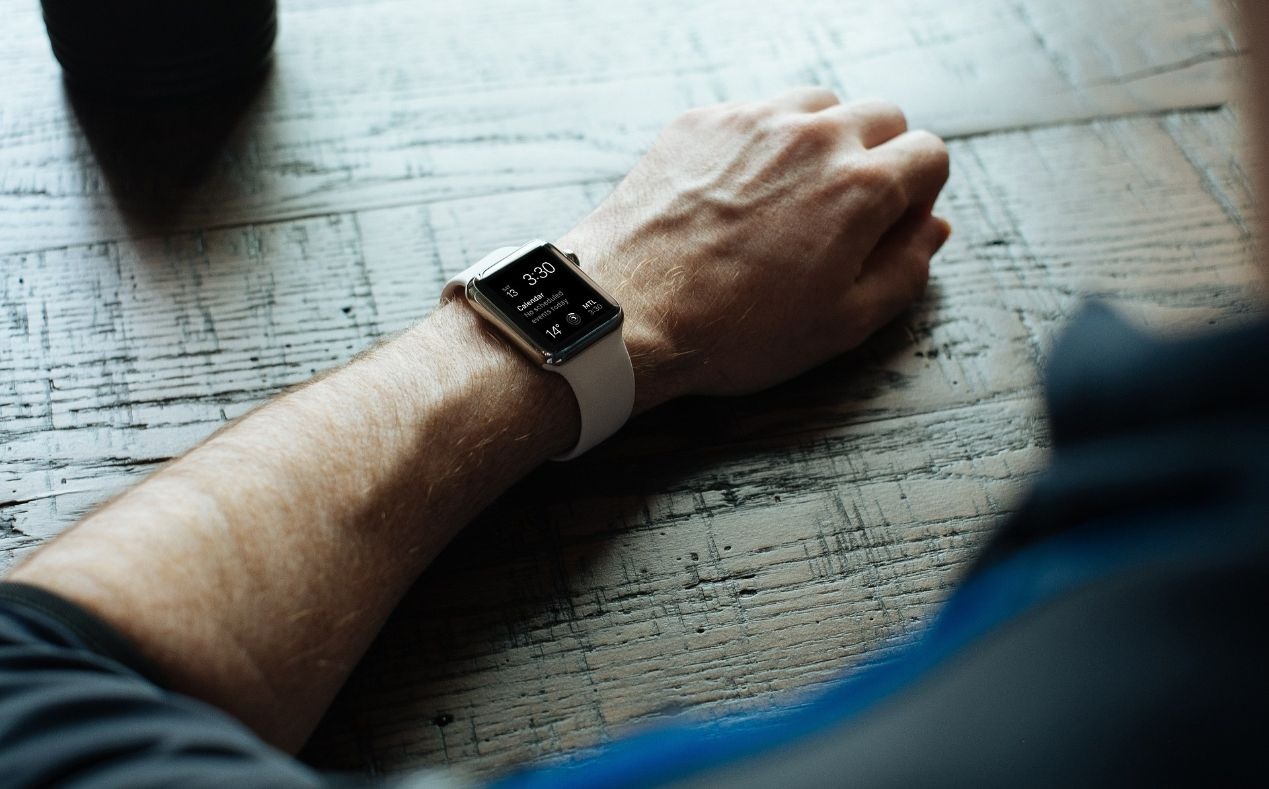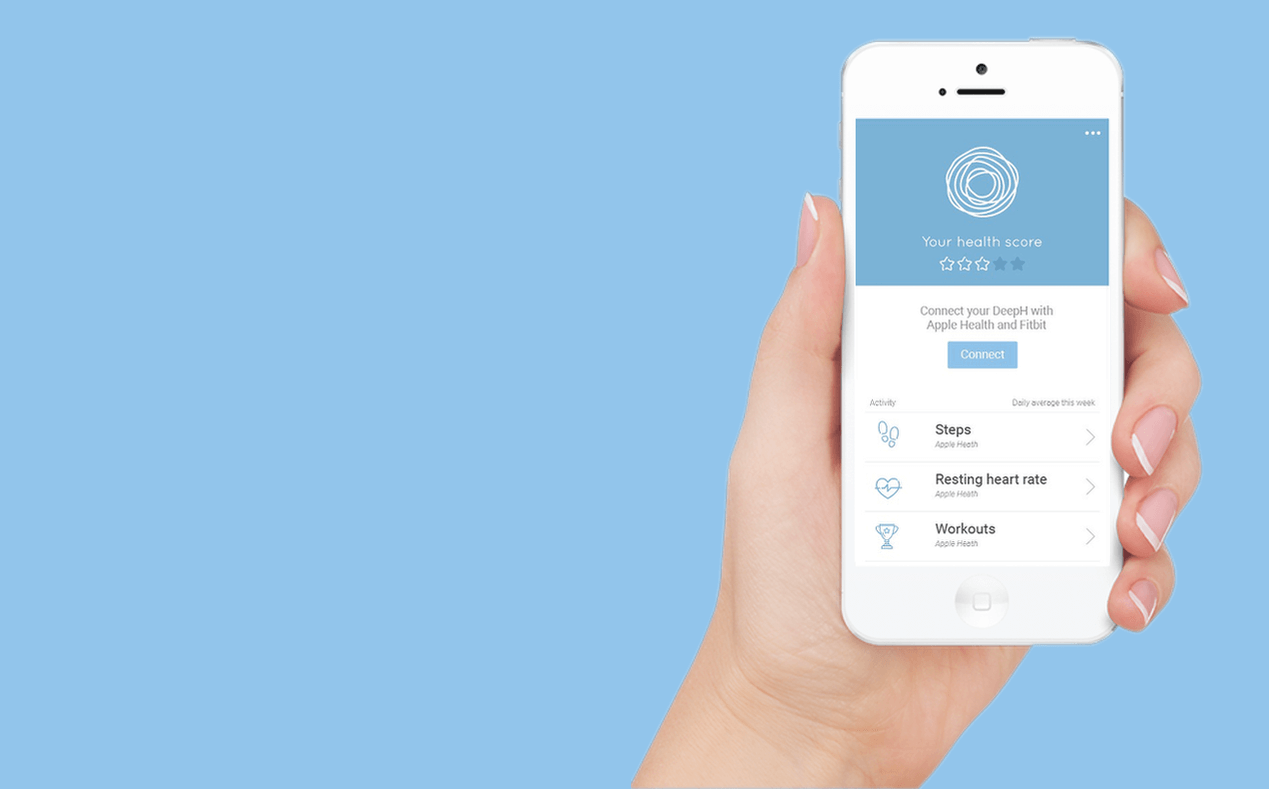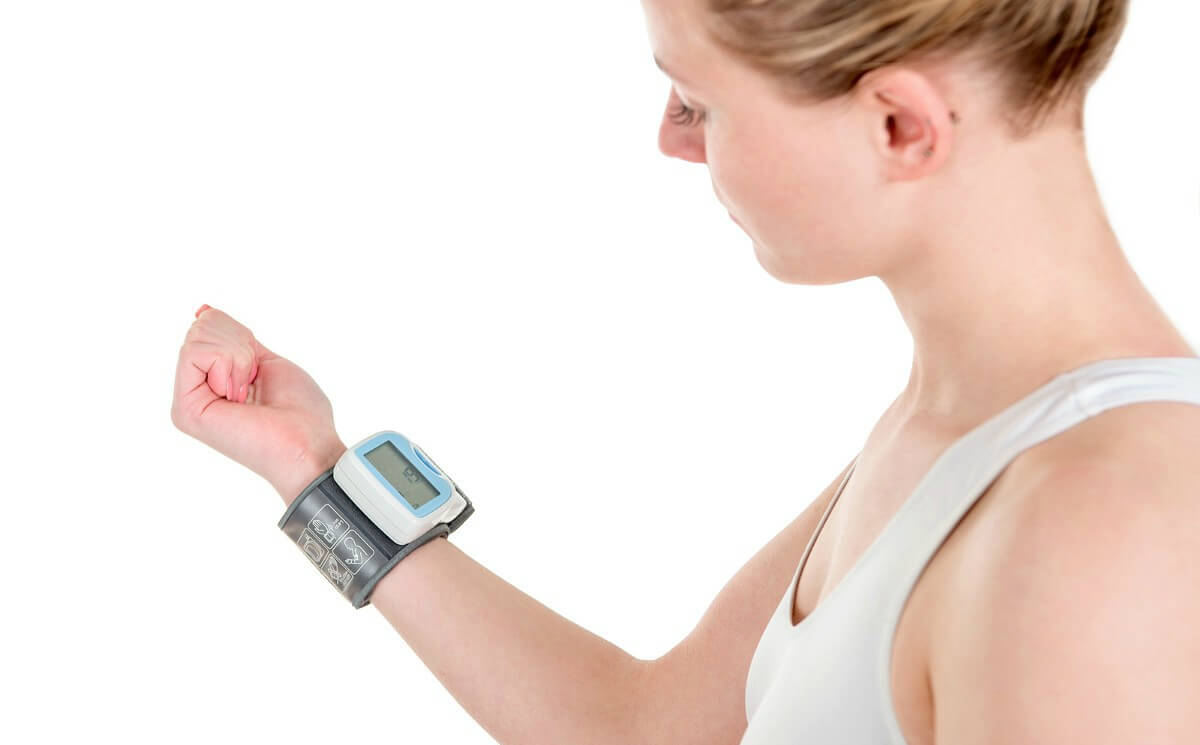Guest Post by Maria Elena Gonzalez
Listen to “How New Technologies Are Disrupting the Healthcare Industry”.
The healthcare industry is an important part of our society. But it has taken longer than other industries to adopt new technologies. However, in the last few years, there have been significant advancements in the industry. Here are some of the new technologies that are disrupting the healthcare industry and how they are doing it.
The Internet of Medical Things
The Internet of Things (IoT) is the connection that exists between all technology around us. It includes all the smart appliances in our house, the wearable devices we use, and even security cameras that we can access from our phones. The term can be applied to any industry. For example, in a manufacturing company, sensors, thermometers, lights, and more are all connected allowing a factory to be controlled digitally.
The Internet of Medical Things (IoMT) is the same idea, but in the healthcare industry. This technology includes items as simple as a smartwatch as well as more complex devices that can monitor patients in critical condition and send alarms to doctors if needed. Some other items include in-home care devices, smart pills that collect data from inside the body, and wearables that monitor your heart rate 24/7.
But the most significant advancement we have yet to see the results of is the massive amount of health data collected every day. This amount of information that the healthcare industry is now gathering will possibly power new discoveries soon. For example, Apple launched a research app that lets users monitor their health and allow scientists to use their data in health studies.
AR/MR/VR
Of these three, augmented reality (AR) is the technology that has become the most common and accessible. You can experience it with any smartphone by downloading certain apps, such as Pokemon Go. The AR function allows you to use your phone’s camera to see virtual objects in the real world.
Mixed reality (MR) is similar to AR, but the virtual object is anchored to a real object. For example, you download an app that lets you see dinosaurs with your phone’s camera. With AR, you will see the dinosaur move wherever you point the camera, even in thin air. With MR, the dinosaur will be placed in your dining table and will move as if it is standing on the surface of the table.
Virtual Reality (VR) is a total immersion in a virtual world. It has become trendy in the last few years, mostly for video games. The most popular of these is the Oculus Quest, but the industry is still in its infancy. But how can all of these be applied to healthcare?
Well, the most practical application is the use of these technologies for training. Medical students can use AR and MR simulations to practice operations many times before operating on a real patient, learning techniques and procedures with real-life experiences. It can also be used by doctors to tour the human body before an operation to optimize pain relief.
Nanomedicine
Nanotechnology is technology so small that conventional laboratory microscopes cannot see it. Thus, nanomedicine is medical interventions, devices, and modifications carried out on a molecular level. The idea is to create machines, medicine, or materials that can interact with the body at the molecular level.
For example, diseases such as cancer are very hard to treat. Currently, most types of cancers can only be treated with chemotherapy. The main issue with chemotherapy is that it also attacks healthy cells. With nanomedicine, scientists could potentially invent treatments that only attack the tumor, or damaged cells.
It also has the potential to fight bacteria and viruses. The human body has its own immunological system to protect from viruses. But there are many different types of viruses, and our body learns by experience. Immunological systems could take generations to learn how to fight a powerful bacteria or virus, but scientists are hoping to create nanobots that can fight the virus for us.
Software developers will update the nanobots’ programming whenever a change is necessary so that they can fight any new virus that comes alone..
3D Printing
3D printing is the process of creating an object from a digital design. It consists of layering materials to create the desired product. It has many applications, from small items made of plastic to buildings made of concrete. The main benefits of this technology is the speed of manufacturing and the overall lower cost.
In the healthcare industry, it could revolutionize the sector completely. It is already being used for personalized and precision drug delivery. It has also been used to print prosthetics or the pieces to build one. But the application that has the most potential is the 3D printing of organs.
The need for organ donors has increased. One-hundred-nine-thousand people are waiting for donors, and 17 people among them die each day. 3-D printing technology has worked so far for simple organs like the bladder, but scientists are still working to produce complex organs like the heart or lungs. Either way, when technology reaches a point that printed organs become common, healthcare as we know it will change.
Artificial Intelligence
Artificial intelligence is a term that has been around for over 50 years, but it wasn’t until maybe over a decade ago that real progress was made. Computer scientists use methods like machine learning, natural language processing, and computer vision to allow machines to think like humans in some ways.
In healthcare, AI can be used to improve the process of diagnosing patients. For example, instead of a doctor spending hours reading files to try to discover what a patient has, a computer could go over thousands of cases in a few minutes and give recommendations to the health care professional in charge. And thanks to machine learning algorithms, the software will learn and improve its diagnoses with time.
As mentioned before, the increased use of the IoMT is expanding the amount of data collected. It is creating massive databases that, if left, will accumulate. With AI, data scientists will be able to develop software that could change our view of many diseases and conditions.
In Summary
The internet of Medical Things has changed the healthcare sector over the past few decades. It has generated many new trends in how doctors monitor patients. At the same time, VR, MR, and AR technology are being used to train medical students.
Then, as in many other industries, artificial intelligence is also impacting healthcare. It is making doctors’ and nurses’ jobs easier by taking care of their more tedious tasks. But the technologies that could potentially revolutionize the healthcare industry are nanomedicine and 3D organ printing.
Maria Elena Gonzalez – is a broadcast journalist and has been working as a tech writer for almost three years. During this time, her work has been published by companies like TechAccute, Trip University, and Entrepreneur.













